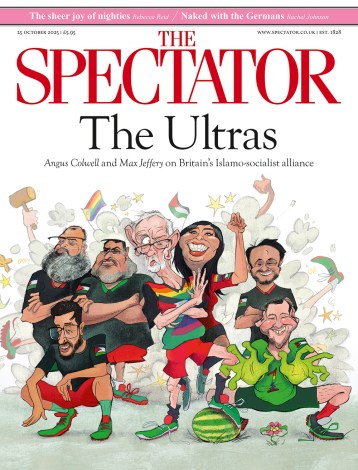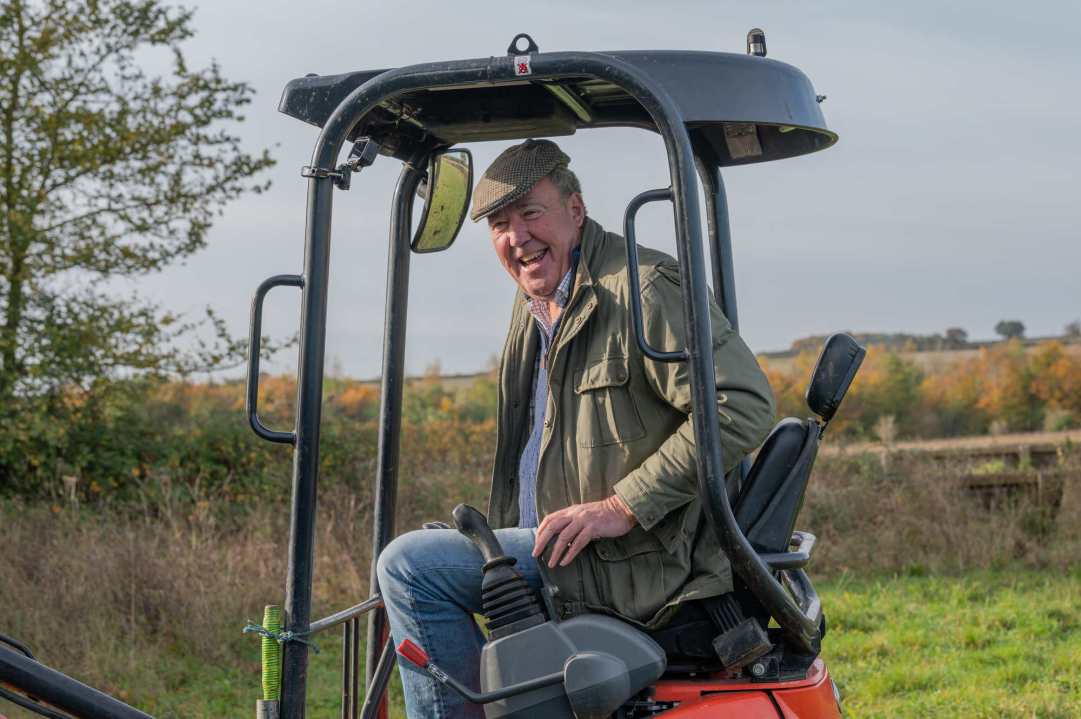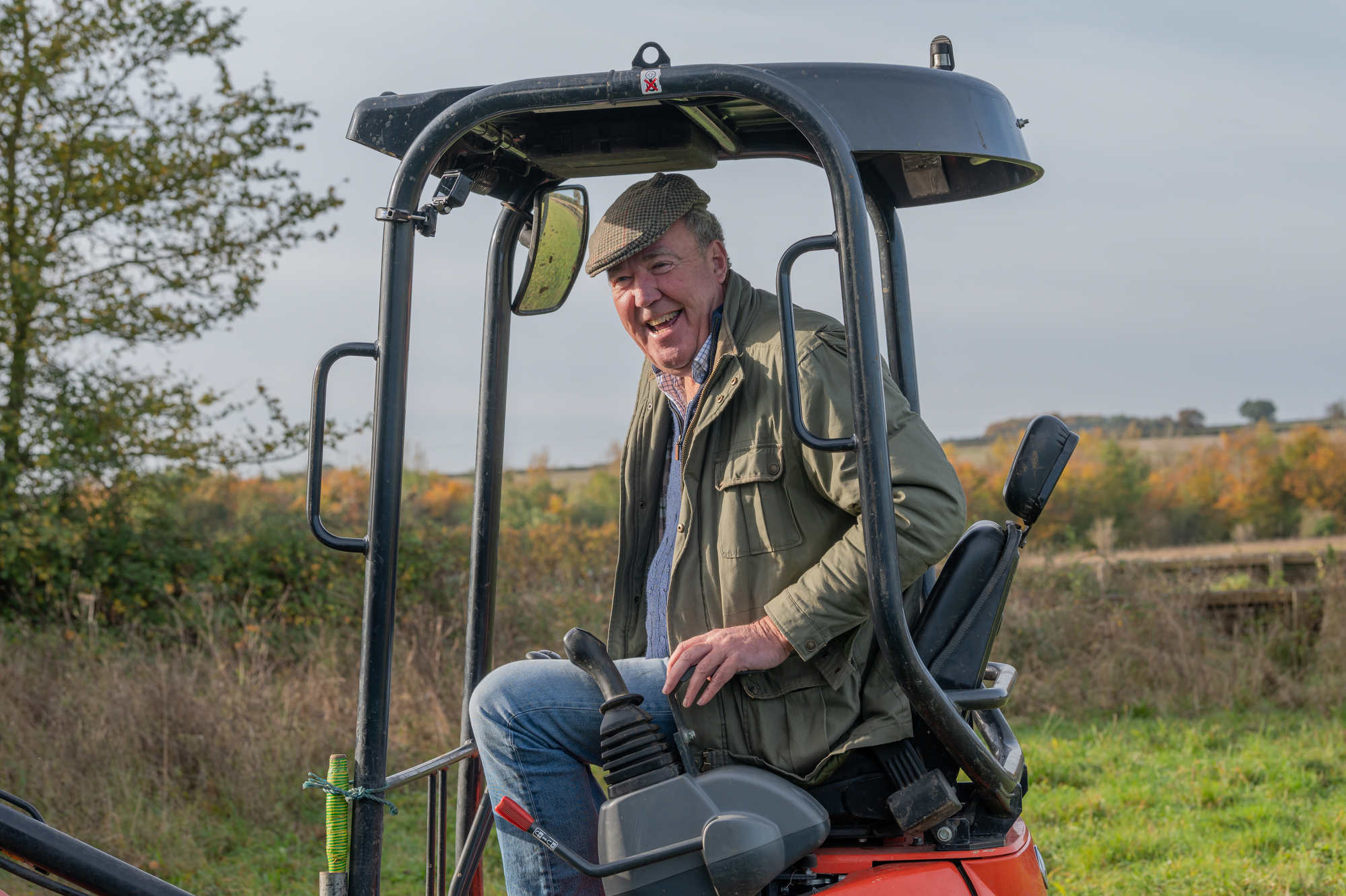Not since the pursuit of Peter Rabbit around Mr McGregor’s garden has rural drama been writ so large. From behind the wheel of his Lamborghini tractor, Jeremy Clarkson’s face crumples as the nine-ton machine rolls back over a field mouse – only to erupt into joy as the mouse emerges unscathed from beneath the wheel.
A decade ago, the Top Gear host was fending off outrage after sharing on Twitter an image of a rodent squashed by the show’s film crew. Today, the petrolhead is a man transformed, his compassion for nature and enthusiasm for rural life lighting up our screens in Clarkson’s Farm, the Amazon Prime series documenting his attempts to run a 1,000-acre farm in the Cotswolds.
Clarkson’s Farm hasn’t been without controversy, whether for the traffic chaos it’s caused as fans queue to visit his Diddly Squat Farm Shop or Clarkson’s own ability to trigger a social media storm. But evidence of the 62-year-old’s conversion to rural aficionado is everywhere, from his fears for the unproductive heifer Pepper to his newfound delight in the age-old skill of hedge-laying. If the first series documented his witless fumblings, the second tracks the farming apprentice as he marvels at a newborn calf or rails in frustration at the evils of West Oxfordshire District Council.
Clarkson solves problems by lurching into tragi-comedy and financially illiterate decisions – such as purchasing a £10,000 cattle crush to inseminate just two cows
But sadly for Jeremy, despite the success of both his show and his farming efforts, in one respect he is always destined for failure. Clarkson will never be a farmer.
During the series, he is irritated after an angry local in the village hall tells him: ‘You are not a farmer, you are a media personality.’ But his critic is right. For all that he flirts with the issues real farmers face, Clarkson solves problems by lurching into tragi-comedy and financially illiterate decisions – such as purchasing a £10,000 cattle crush to inseminate just two cows, or an absurdly hi-spec mobile chicken coop complete with alloy wheels.
He attempts to take viewers to the coalface of food production seem genuine, and then (spoiler alert) he takes in a pet cow. It is farm-a-like, not real farming.
Out in the real world, the 21st century farmer faces an endless balancing act. They must constantly weigh up their adaptability in the face of poor market and weather conditions. The real farmers who cross Clarkson’s path on his show illustrate this difference: when their only income stream is their farm, when they don’t have a film crew or an eyewatering TV contract, the decisions they make are very different.
Today’s farmers survive by forward selling, purchasing grants and securing their availability to markets. On Clarkson’s farm, these decisions never get a second thought. A farmer needs a complete understanding of natural capital; of productivity and deliverability in a complex world of bureaucracy. As much as Clarkson illuminates the farming world, he can only imitate the high-wire act real farmers perform every day, while his own feet remain firmly on the ground.
But none of that is to say he doesn’t have a role to play. Just as Beatrix Potter breathed life into the farmyard characters and landscapes of Lake Windermere, Clarkson and his Top Gear colleague, producer Andy Wilman, have grown into masterful rural storytellers. They dive headlong into Cotswolds life, dealing with everything from bovine TB to mob grazing, and deliver unexpectedly complex stories with subtlety, humour and care to the living rooms of millions long since disconnected from the countryside.
He may not be a farmer – but that doesn’t mean his stories aren’t worth telling.







Comments